

Articles
How To Scotchgard Furniture
Modified: August 28, 2024
Protect your furniture with Scotchgard! Learn how to effectively apply Scotchgard to your favorite pieces and keep them looking clean and pristine for years to come.
(Many of the links in this article redirect to a specific reviewed product. Your purchase of these products through affiliate links helps to generate commission for Storables.com, at no extra cost. Learn more)
Introduction
Welcome to our comprehensive guide on how to Scotchgard furniture. If you’re looking to protect your beloved furniture from spills, stains, and general wear and tear, Scotchgard is a must-have solution. In this article, we will walk you through the process of applying Scotchgard to your furniture, covering everything from preparation to maintenance.
But what exactly is Scotchgard? Developed by 3M, Scotchgard is a popular brand of fabric protector that creates a barrier between your furniture and potential stains. It forms an invisible shield that repels liquids and prevents them from seeping into the fabric, making cleanup easier and prolonging the life of your furniture.
The benefits of using Scotchgard on furniture are numerous. Firstly, it provides a protective layer that helps to prevent stains and spills from penetrating the fabric. This is especially useful if you have young children or pets in your home, as accidents are bound to happen. Additionally, Scotchgard can also protect against fading and discoloration caused by sunlight or excessive use.
Preparing your furniture for Scotchgard application is an important step. Start by thoroughly cleaning the furniture, removing any dust, dirt, or stains. Use a gentle cleaning solution and a soft cloth to avoid damaging the fabric. Allow the furniture to dry completely before moving on to the next step.
Now, it’s time to apply the Scotchgard. Shake the can well to ensure the formula is properly mixed. Hold the can about 6-8 inches away from the furniture and spray an even coat of Scotchgard across the surface. Be sure to cover the entire piece of furniture, including any cushions or upholstery. Allow the Scotchgard to dry completely before using the furniture.
To maintain the Scotchgard protection on your furniture, it’s important to follow some simple guidelines. Avoid using harsh cleaning products that can strip away the Scotchgard. Instead, opt for mild, non-abrasive cleaners that are safe for use on protected fabrics. If a spill does occur, blot it immediately with a clean cloth to prevent it from soaking into the fabric.
In this comprehensive guide, we will provide you with step-by-step instructions on how to Scotchgard your furniture. We will also share some helpful tips and tricks to ensure a successful application and answer some frequently asked questions about Scotchgard. So read on to learn all you need to know about protecting your furniture with Scotchgard!
Key Takeaways:
- Protect your furniture from spills, stains, and wear with Scotchgard. It forms an invisible shield, repelling liquids and preventing fabric damage. Follow the application and maintenance tips for long-lasting protection.
- Scotchgard offers stain protection, easier cleanup, and UV resistance. It’s safe for most fabric types and can be applied to new furniture. Regular maintenance and reapplication ensure continued effectiveness.
What is Scotchgard?
Scotchgard is a trusted brand of fabric protector that has been around for decades. Developed by 3M, a leading innovator in adhesive and protective technologies, Scotchgard is designed to create a protective barrier on various types of fabrics. It is commonly used on furniture, upholstery, carpets, and clothing to guard against stains and spills.
The main purpose of Scotchgard is to repel liquids and prevent them from penetrating the fabric. When applied correctly, it forms a protective shield that keeps liquids, such as water, coffee, juice, or wine, from seeping into the fibers. This helps to prevent stains and makes cleaning up spills much easier.
Scotchgard works by creating a thin layer on the surface of the fabric. This layer is composed of specialized molecules that bond with the fibers, creating a hydrophobic barrier. This barrier causes liquids to bead up on the surface, rather than being absorbed into the fabric. As a result, you have more time to quickly wipe away the spill before it has a chance to cause permanent damage.
In addition to repelling liquids, Scotchgard also offers protection against other types of stains, such as oil-based stains. It helps to prevent these substances from penetrating into the fabric, making it easier to remove them later. This can be particularly beneficial for furniture that is exposed to everyday elements, such as food stains, greasy fingerprints, or pet accidents.
Moreover, Scotchgard can help protect your furniture from fading and discoloration caused by UV rays. Exposure to sunlight over time can cause fabrics to lose their vibrancy and become dull and faded. By applying Scotchgard, you create an extra layer of protection against these harmful rays, helping to maintain the color and appearance of your furniture for longer.
It’s important to note that Scotchgard is safe for use on most fabrics, but it’s always a good idea to test it on a small, inconspicuous area of your furniture first to check for any adverse reactions. Additionally, it’s recommended to reapply Scotchgard periodically, especially in high-traffic areas or after deep cleaning your furniture, to ensure continued protection.
Now that you have a clear understanding of what Scotchgard is and how it works, let’s move on to the next section, where we will discuss the benefits of using Scotchgard on your furniture.
Benefits of Scotchgard on Furniture
Scotchgard offers a wide range of benefits when applied to furniture. Whether you have a luxurious sofa, cozy armchair, or elegant dining chairs, using Scotchgard can provide added protection and peace of mind. Let’s explore the key benefits of using Scotchgard on your furniture:
- Stain Protection: One of the biggest advantages of Scotchgard is its ability to repel liquids and prevent stains from setting into the fabric. Accidental spills and mishaps are an inevitable part of life, especially in households with children or pets. By applying Scotchgard, you can create a barrier that makes it easier to clean up spills before they become permanent stains.
- Easier Cleanup: With Scotchgard, you don’t have to panic every time there’s a spill on your furniture. The protective shield created by Scotchgard makes liquids bead up on the surface, allowing you to simply blot them away with a clean cloth. This not only saves you time and effort but also keeps your furniture looking cleaner and fresher for longer.
- Longevity of Furniture: Applying Scotchgard to your furniture can help prolong its lifespan. By protecting the fabric from stains, spills, and dirt, you can maintain the appearance and quality of your furniture for years to come. This is especially important for high-traffic areas or furniture pieces that are exposed to frequent use.
- UV Protection: Sunlight can be detrimental to the color and fabric of your furniture, causing fading and discoloration over time. Scotchgard provides an extra layer of protection against harmful UV rays, helping to preserve the vibrant colors and integrity of your furniture for longer periods.
- Versatility: Scotchgard can be applied to a wide variety of fabric types, including upholstery, cushions, and curtains. It is suitable for both natural and synthetic fabrics, making it a versatile solution for protecting all types of furniture in your home. Whether your furniture is made of cotton, polyester, wool, or a blend of materials, Scotchgard can provide effective protection.
- Minimizes Odors: Accidental spills or pet accidents can often result in unpleasant odors that linger in the fabric of your furniture. Scotchgard helps to repel liquids, including substances that can cause odors, ensuring that your furniture stays fresh and odor-free.
By using Scotchgard on your furniture, you can enjoy the peace of mind of knowing that your valuable pieces are protected from stains, spills, fading, and other everyday mishaps. It’s a small investment that can make a big difference in the durability and appearance of your furniture.
In the next section, we will guide you through the process of preparing your furniture for Scotchgard application. So, let’s move forward and get ready to give your furniture the protection it deserves!
Preparing the Furniture for Scotchgard Application
Before applying Scotchgard to your furniture, it’s essential to properly prepare the surfaces to ensure optimal adhesion and effectiveness. Here are the steps you should follow to prepare your furniture for Scotchgard application:
- Clean the Furniture: Start by thoroughly cleaning the furniture to remove any dust, dirt, or stains. Use a mild detergent or upholstery cleaner that is suitable for your furniture’s fabric type. Gently scrub the surfaces with a soft brush or sponge, paying attention to crevices and hard-to-reach areas. Rinse with clean water and allow the furniture to dry completely.
- Spot Test: It’s always a good idea to perform a spot test on a small, inconspicuous area of the furniture before applying Scotchgard to the entire piece. This will help you ensure that there are no adverse reactions or color changes. Follow the instructions on the Scotchgard canister for the spot test process.
- Remove Loose Threads: Inspect the furniture for any loose threads or snags, as these can affect the application and appearance of Scotchgard. Use scissors or a fabric trimmer to carefully trim any loose threads or snags before proceeding.
- Protect Surrounding Areas: Cover any nearby surfaces, such as floors or other furniture, with plastic sheets or drop cloths to prevent accidental overspray or drips from damaging them.
- Ventilation: Ensure that the room you’re working in is well-ventilated by opening windows or using fans. This will help dissipate any fumes that may be released during the application process.
By following these preparation steps, you’ll create an optimal environment for applying Scotchgard to your furniture. Now that you’ve prepared the furniture, let’s move on to the next section, where we’ll guide you through the process of applying Scotchgard for maximum protection.
Applying Scotchgard to the Furniture
Now that your furniture is properly prepared, it’s time to apply Scotchgard for effective and long-lasting protection. Follow these steps to ensure proper application:
- Read the Instructions: Before you begin, carefully read and familiarize yourself with the instructions provided on the Scotchgard canister. Different fabric types may require specific application techniques or drying times, so it’s important to follow the manufacturer’s guidelines.
- Shake the Canister: Shake the Scotchgard canister vigorously to ensure that the solution is thoroughly mixed. This will ensure even distribution and optimal performance.
- Test Spray Pattern: Hold the canister 6-8 inches away from an inconspicuous area of the furniture and test the spray pattern. This will help you gauge the distance and coverage before applying Scotchgard to the visible areas.
- Apply Evenly: Starting from the top of the furniture, spray an even coat of Scotchgard across the entire surface. Be sure to cover all sides, corners, and edges of the furniture, including any cushions or upholstery. Keep the canister moving at a steady pace to ensure even coverage and avoid overspraying in one area.
- Overlap Strokes: To ensure complete coverage, overlap each spray stroke slightly with the previous one. This will help to prevent any missed spots and ensure that the entire surface is protected.
- Allow to Dry: After applying Scotchgard, allow the furniture to dry completely before using it. Avoid sitting or placing objects on the furniture until the Scotchgard has fully dried, as this may affect the effectiveness and durability of the protective barrier.
- Additional Coats (if needed): Depending on the fabric and desired level of protection, you may choose to apply additional coats of Scotchgard. Allow each coat to dry completely before applying the next one, following the instructions provided on the canister.
It’s important to note that the application process may vary slightly depending on the specific Scotchgard product you use and the fabric type of your furniture. Always refer to the product instructions for the most accurate information.
Congratulations! You have successfully applied Scotchgard to your furniture, providing it with a protective shield against stains and spills. In the next section, we’ll share some helpful tips and tricks to ensure a successful Scotchgard application. So, let’s keep going!
When applying Scotchgard to furniture, make sure the surface is clean and dry before spraying the product evenly. Allow it to dry completely before using the furniture. Reapply every 6 months for best results.
Read more: How To Dust Furniture
Tips and Tricks for Successful Scotchgard Application
Here are some helpful tips and tricks to ensure a successful Scotchgard application on your furniture:
- Protect the Surrounding Area: Before you start applying Scotchgard, cover nearby surfaces, such as floors or other furniture, with plastic sheets or drop cloths. This will prevent any accidental overspray or drips from damaging them.
- Apply in a Well-Ventilated Area: Ensure that the room you’re working in is well-ventilated by opening windows or using fans. This will help dissipate any fumes and provide fresh air during the application process.
- Apply Multiple Thin Coats: Instead of applying one thick coat of Scotchgard, it’s recommended to apply multiple thin coats. This helps ensure even coverage and allows the protective barrier to adhere properly to the fabric.
- Avoid Saturation: Be mindful not to oversaturate the fabric with Scotchgard. Excessive application can cause the fabric to become stiff or affect its breathability. Follow the instructions on the canister and apply only the recommended amount for optimal results.
- Test Gentle Cleaning Techniques: Before using any cleaning products on Scotchgard-protected furniture, test them on a small, inconspicuous area to ensure that they don’t damage or remove the protective layer. Use mild, non-abrasive cleaning solutions and gentle blotting techniques to clean any spills or stains.
- Reapply as Needed: Over time, the effectiveness of Scotchgard may diminish, especially in high-traffic areas or after deep cleaning your furniture. To maintain maximum protection, consider reapplying Scotchgard periodically. Follow the manufacturer’s guidelines on when and how often to reapply for your specific fabric type.
- Remove Spills Promptly: While Scotchgard provides a protective barrier, it’s still important to address spills and stains promptly. Blot any spills immediately with a clean cloth to prevent them from soaking into the fabric. The sooner you clean up a spill, the better chance you have of preventing a stain.
By following these tips and tricks, you can ensure a successful Scotchgard application and make the most of its stain-repellent properties. In the next section, we’ll discuss how to maintain Scotchgard protection on your furniture. So, let’s dive in!
Maintaining Scotchgard Protection on Furniture
Once you have applied Scotchgard to your furniture, proper maintenance is key to ensuring long-lasting protection. By following these guidelines, you can maintain the Scotchgard protection on your furniture:
- Regular Cleaning: Keep your furniture clean by regularly vacuuming or gently brushing off any dust, crumbs, or dirt. This prevents debris from settling into the fabric and potentially causing stains or discoloration.
- Blot Spills Immediately: If a spill occurs, be sure to blot it immediately with a clean cloth. Do not rub the spill, as this may push it further into the fabric. Blotting will help absorb the liquid before it has a chance to penetrate the Scotchgard barrier.
- Use Mild Cleaners: When cleaning your Scotchgard-protected furniture, opt for mild, non-abrasive cleaners that are safe for use on protected fabrics. Harsh or abrasive cleaners can potentially strip away the Scotchgard protection, reducing its effectiveness.
- Avoid Excessive Scrubbing: When dealing with stains or spots, avoid excessive scrubbing, as this can damage the fabric and impact the Scotchgard barrier. Instead, gently blot and dab the stain with a clean cloth and appropriate cleaning solution, following the manufacturer’s instructions.
- Protect from Direct Sunlight: Prolonged exposure to direct sunlight can lead to fading and discoloration of your furniture. To minimize the effects of UV rays, consider using blinds, curtains, or UV-protective window films to shield your furniture from harsh sunlight.
- Reapply as Needed: Over time, the protective barrier created by Scotchgard may wear off, especially in high-traffic areas. Monitor the condition of your furniture and consider reapplying Scotchgard as needed, following the manufacturer’s instructions for proper application.
- Professional Cleaning: Periodically, it’s beneficial to have your Scotchgard-protected furniture professionally cleaned. Professional cleaning can help remove deep-seated dirt and stains, refreshing the appearance of your furniture while maintaining the effectiveness of the Scotchgard protection.
- Test Cleaning Solutions: Before using any cleaning solutions or products on your Scotchgard-protected furniture, perform a spot test on a small, inconspicuous area to ensure compatibility and prevent any damage to the protective layer. Follow the manufacturer’s recommendations and instructions for safe cleaning.
By following these maintenance tips, you can ensure that your Scotchgard protection remains effective and durable. However, it’s important to note that Scotchgard is not a foolproof solution and cannot completely prevent all stains or damage. It is designed to provide an added layer of protection and make maintenance easier. With proper care and attention, you can extend the life of your furniture and keep it looking clean and fresh for years to come.
In the next section, we’ll address some frequently asked questions about Scotchgard to provide you with further insights. So, let’s continue!
Frequently Asked Questions about Scotchgard
Here are some commonly asked questions about Scotchgard along with their answers to help you better understand this fabric protector:
- Is Scotchgard safe to use on all types of fabric?
- How long does Scotchgard last?
- Can Scotchgard prevent all stains?
- Does Scotchgard change the texture or appearance of the fabric?
- Can I wash or dry clean my Scotchgard-protected furniture?
- Should I apply Scotchgard to new furniture?
- Is Scotchgard safe for use around children and pets?
Scotchgard is safe to use on most fabric types, including cotton, polyester, wool, and blends. However, it’s always recommended to perform a spot test on a small, inconspicuous area before applying it to the entire piece of furniture. Some delicate fabrics or specialty materials may require special consideration.
The longevity of Scotchgard varies depending on factors such as fabric type, usage, and cleaning practices. In general, Scotchgard protection can last up to 1-3 years, but it may require reapplication in high-traffic areas or after deep cleaning. Follow the manufacturer’s recommendations for the best results.
While Scotchgard provides excellent stain resistance, it cannot guarantee protection against all stains. It is designed to repel liquids and make cleaning spills easier. Promptly blotting and cleaning any spills is still necessary to prevent stains from setting in.
When applied correctly, Scotchgard should not significantly alter the texture or appearance of the fabric. It forms a thin, invisible barrier that should not be noticeable. However, it’s always recommended to perform a spot test and read the product instructions for specific information regarding your fabric type.
Scotchgard is designed to withstand normal wear and tear and typically does not require special cleaning methods. You can clean your Scotchgard-protected furniture using mild, non-abrasive cleaners and gentle blotting techniques. However, always check the care instructions for your specific furniture and Scotchgard product to ensure proper cleaning.
Scotchgard can be applied to new furniture to provide an added layer of protection right from the start. Applying Scotchgard can help prevent stains and spills from penetrating the fabric and make cleaning easier. However, always check with the furniture manufacturer to ensure that applying Scotchgard will not void any warranties or care instructions.
Scotchgard is considered safe for use around children and pets when applied and used according to the manufacturer’s instructions. However, it’s always a good idea to keep children and pets away from the freshly applied Scotchgard until it has completely dried. If you have any concerns, consult with a healthcare professional or veterinarian.
If you have any additional questions or concerns about Scotchgard, it’s recommended to consult the manufacturer’s website or contact their customer support for more detailed information specific to your needs and circumstances.
Now that you have a clearer understanding of Scotchgard, its benefits, and how to use it, you can confidently protect your furniture and enjoy the peace of mind that comes with stain resistance. In the final section, we’ll wrap up our guide on Scotchgard. So, stay tuned!
Conclusion
Congratulations on completing our comprehensive guide on how to Scotchgard furniture! We hope this article has provided you with valuable insights and practical knowledge on protecting your furniture from stains and spills. By applying Scotchgard, you can extend the life of your furniture and keep it looking clean and fresh for years to come.
Scotchgard offers numerous benefits, including stain protection, easier cleanup, and UV resistance. It forms an invisible barrier on your furniture, preventing liquids from penetrating the fabric and making spills easier to clean. It also helps to protect against fading caused by sunlight, preserving the vibrant colors of your furniture.
Before applying Scotchgard, remember to properly prepare your furniture by cleaning it and performing a spot test. When applying Scotchgard, follow the instructions on the canister and apply it evenly across the entire surface. Allow the furniture to dry completely before use.
To maintain the effectiveness of Scotchgard, keep your furniture clean, blot spills immediately, and use mild cleaners that are safe for protected fabrics. Consider reapplying Scotchgard periodically, especially in high-traffic areas. Additionally, be sure to follow the care instructions provided by the furniture manufacturer.
We also addressed frequently asked questions about Scotchgard, providing further clarity on its uses, compatibility, and maintenance. Remember to always test cleaning solutions and consult with the manufacturer for specific guidance based on your fabric type.
In conclusion, Scotchgard is a valuable tool in protecting your furniture investment. By taking the time to apply and maintain Scotchgard, you can enjoy a worry-free environment with furniture that looks great and stands up to everyday challenges.
Thank you for joining us on this journey to learn about Scotchgard and how to use it effectively. We hope you found this guide informative and helpful. Now, go forth with confidence, knowing that your furniture is protected by Scotchgard!
Frequently Asked Questions about How To Scotchgard Furniture
Was this page helpful?
At Storables.com, we guarantee accurate and reliable information. Our content, validated by Expert Board Contributors, is crafted following stringent Editorial Policies. We're committed to providing you with well-researched, expert-backed insights for all your informational needs.
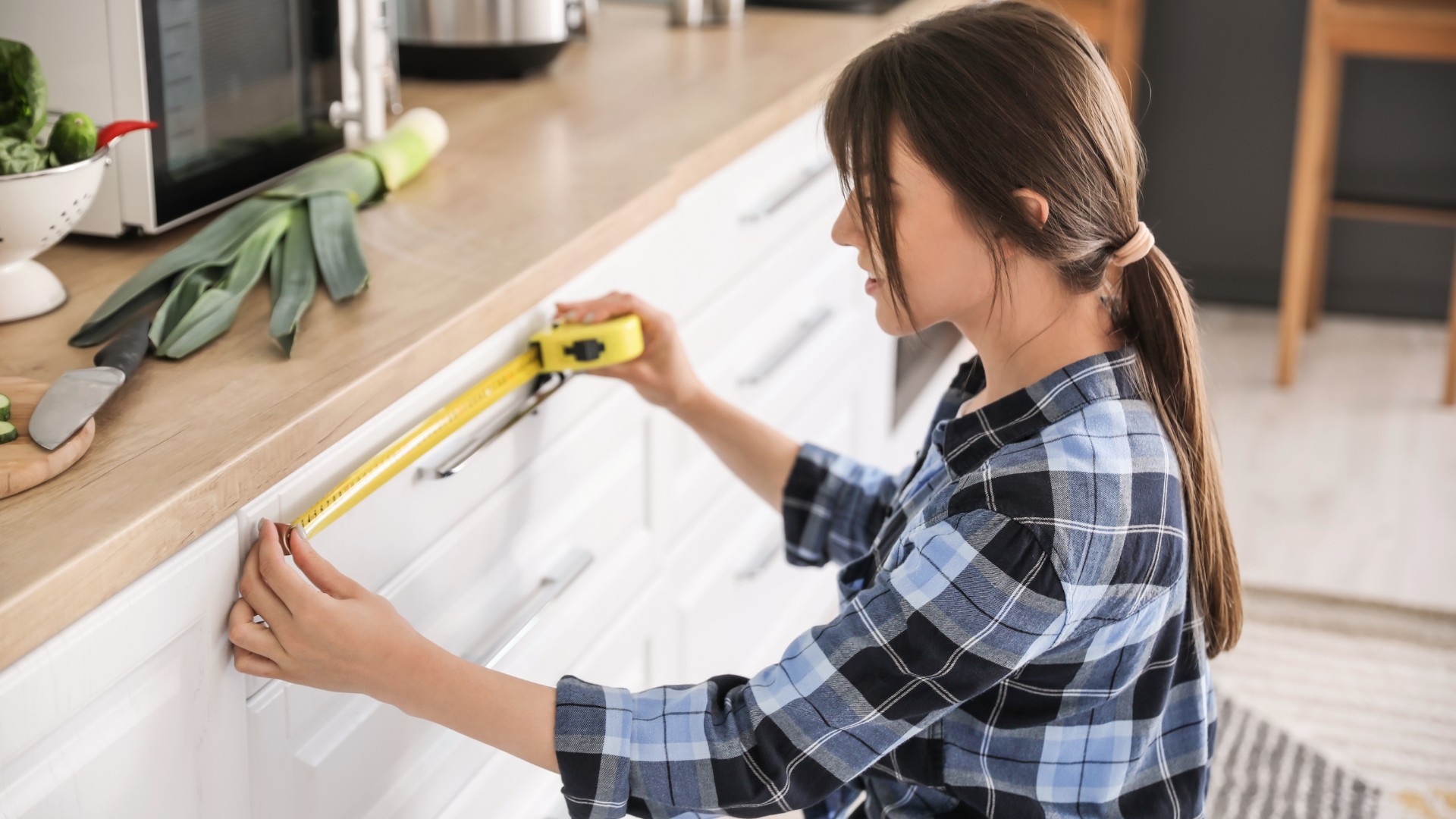
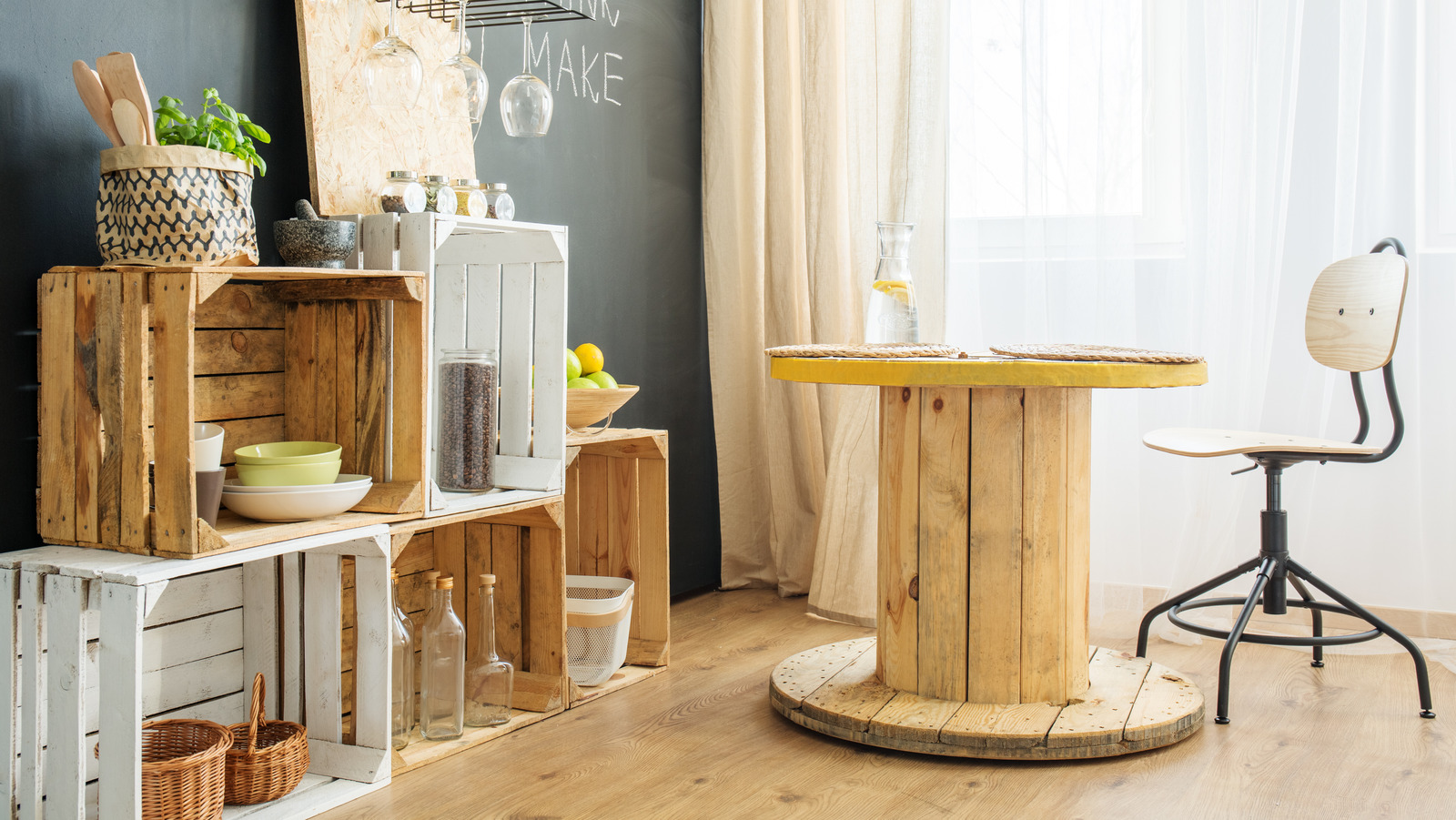
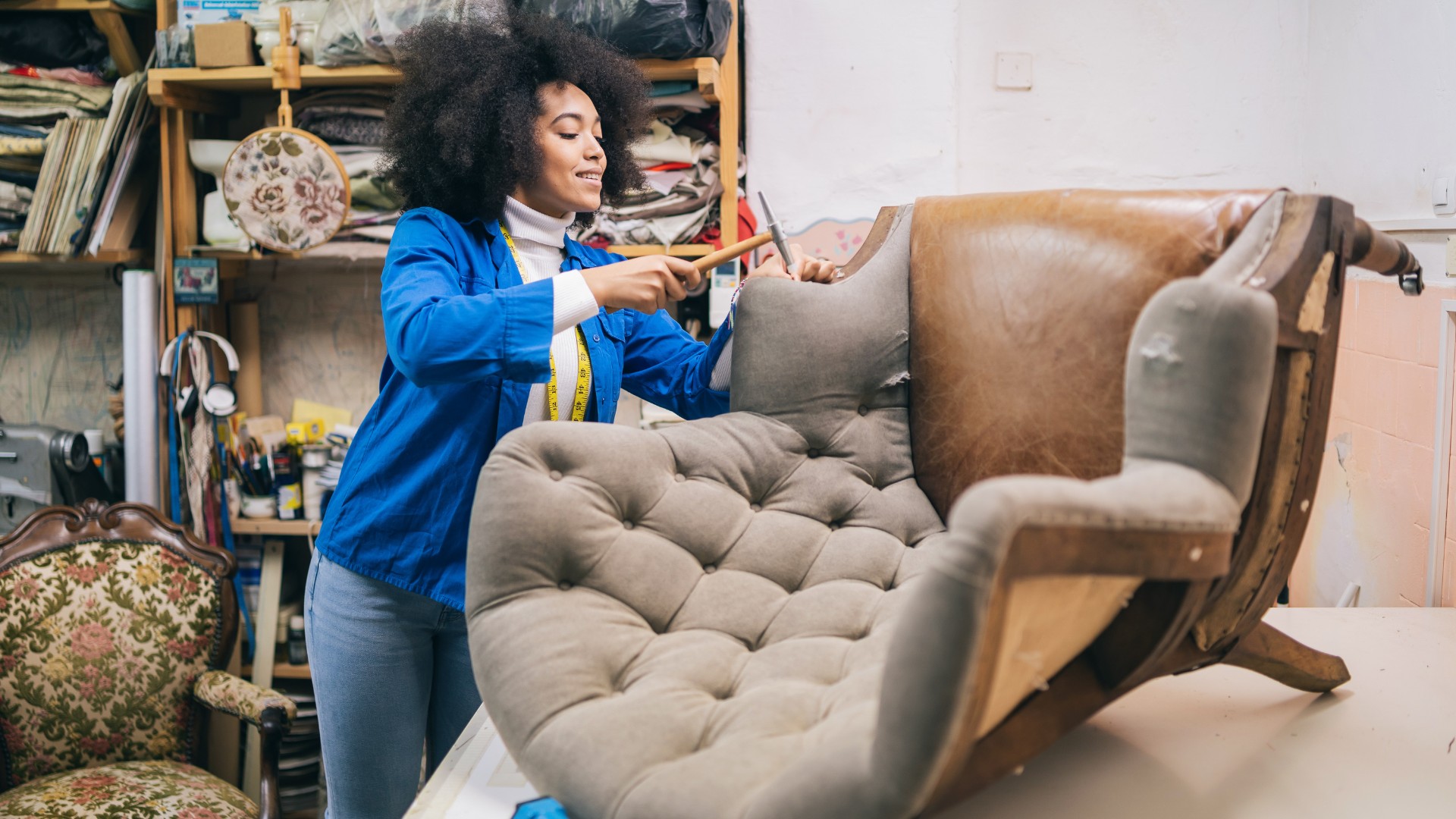
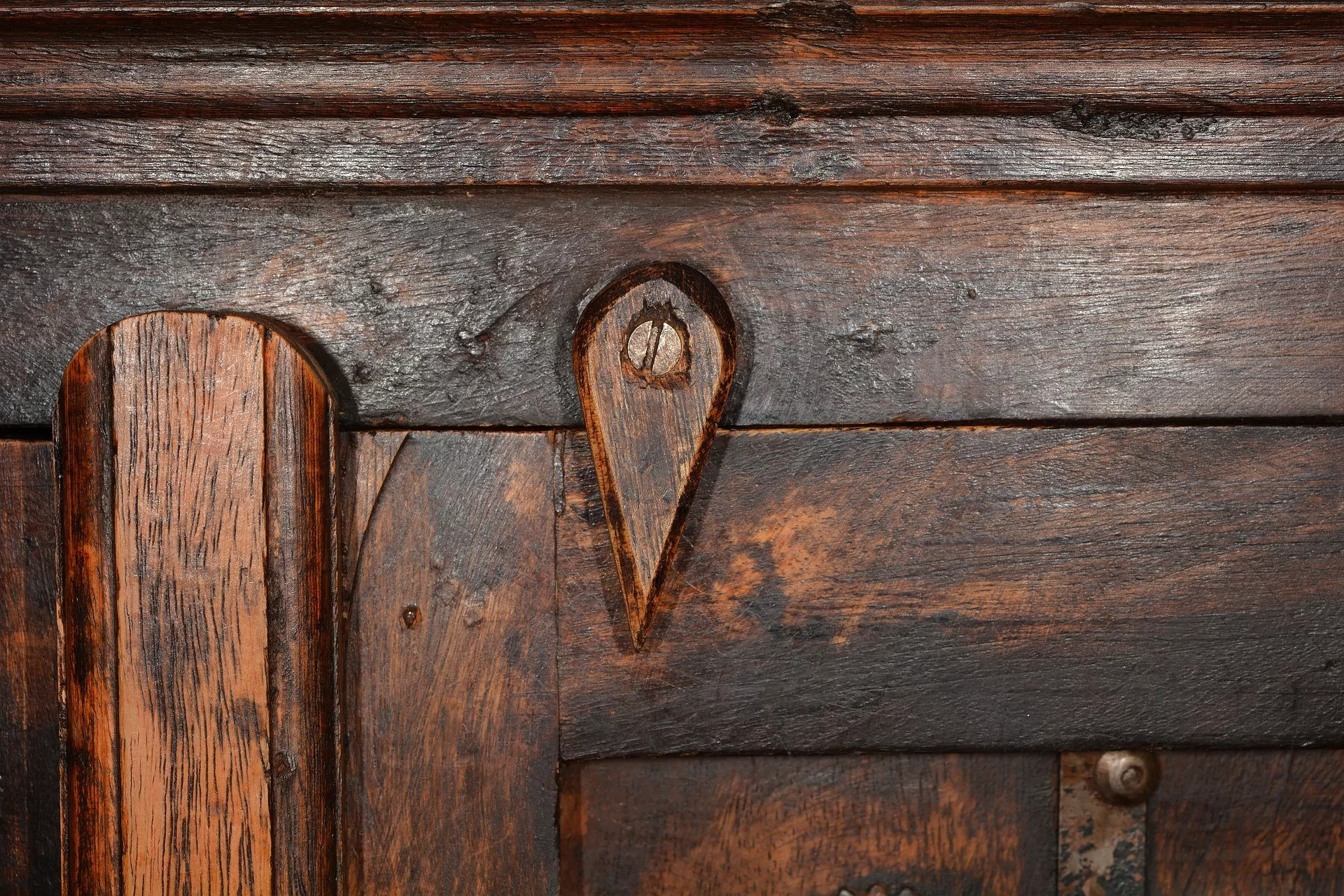
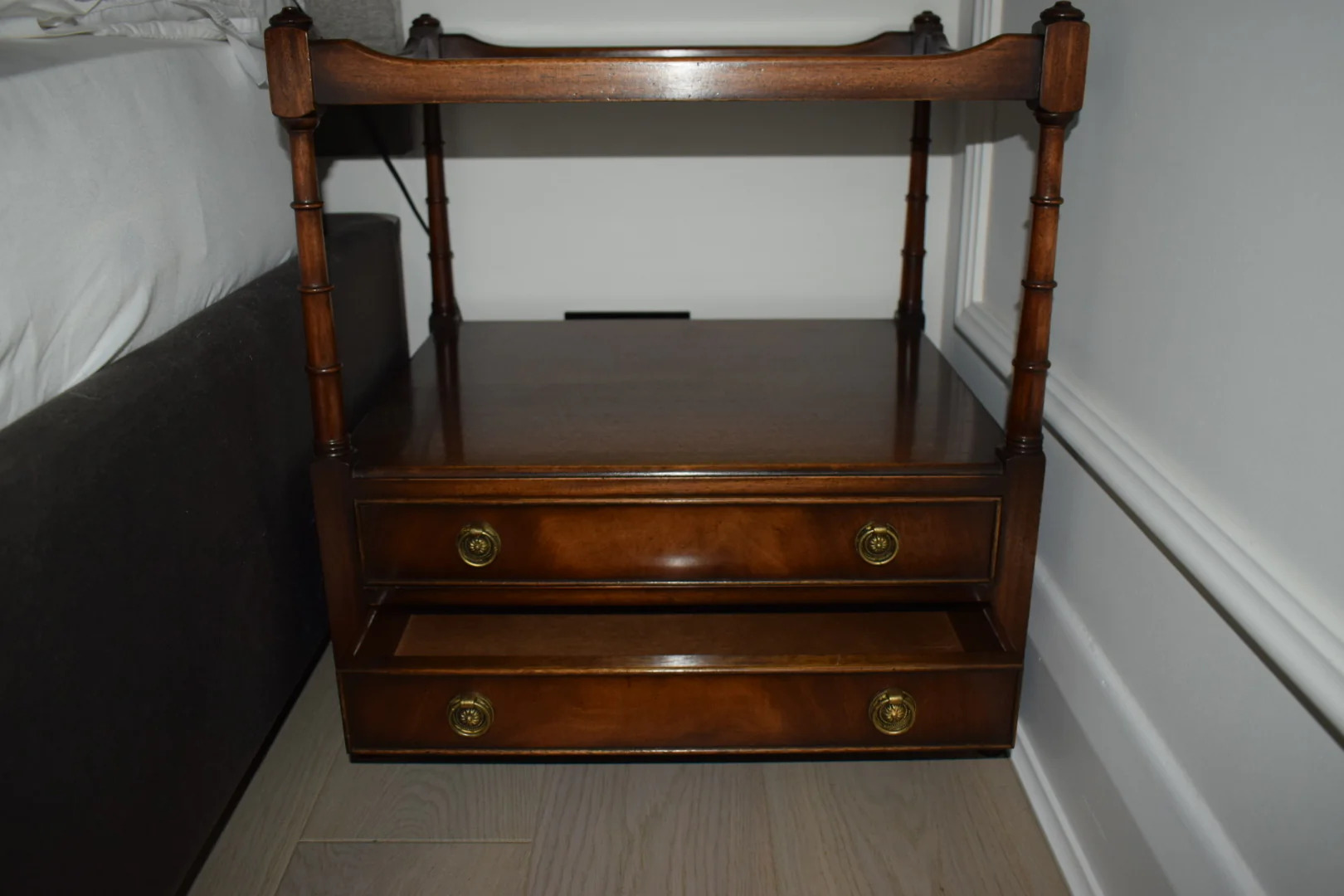

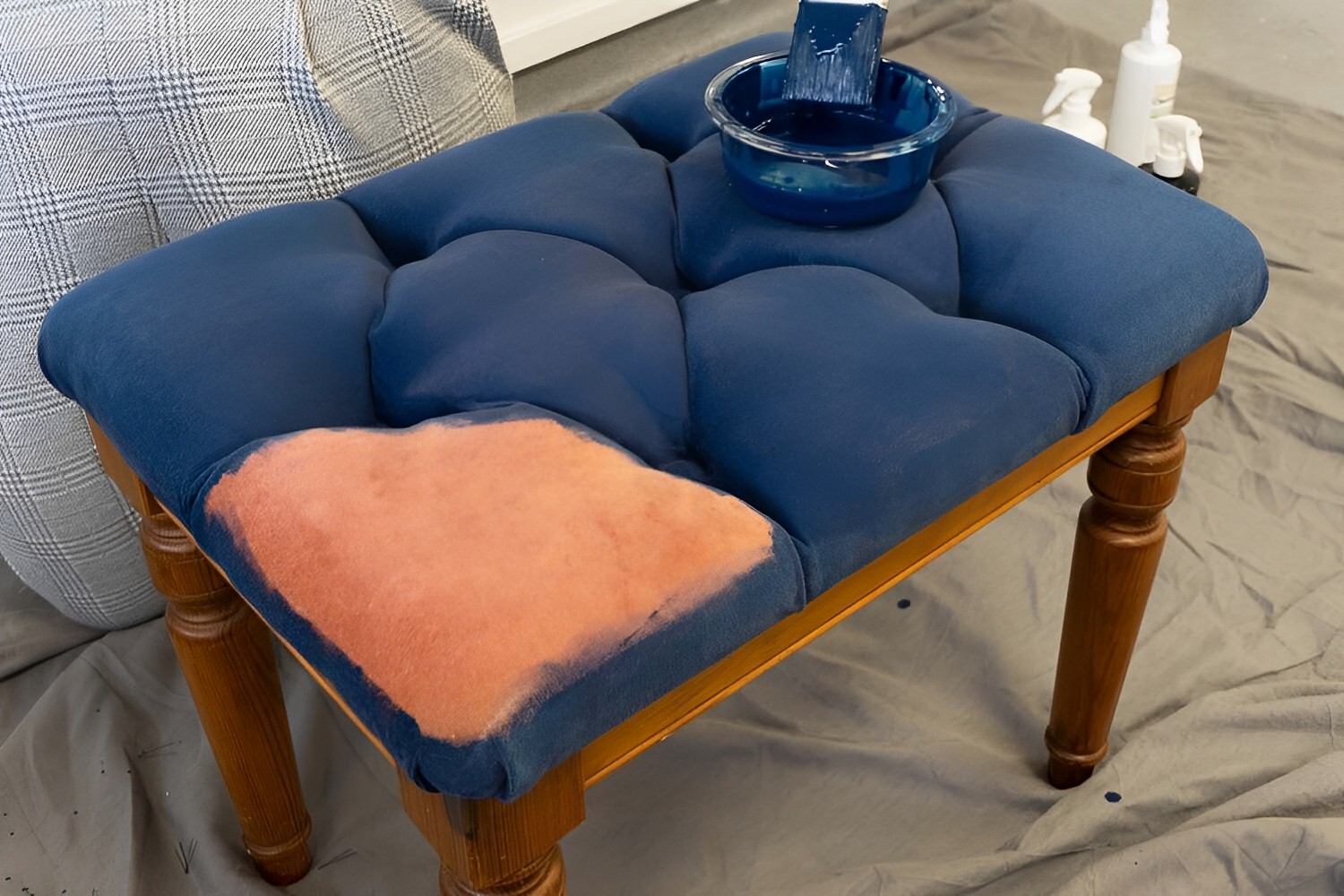
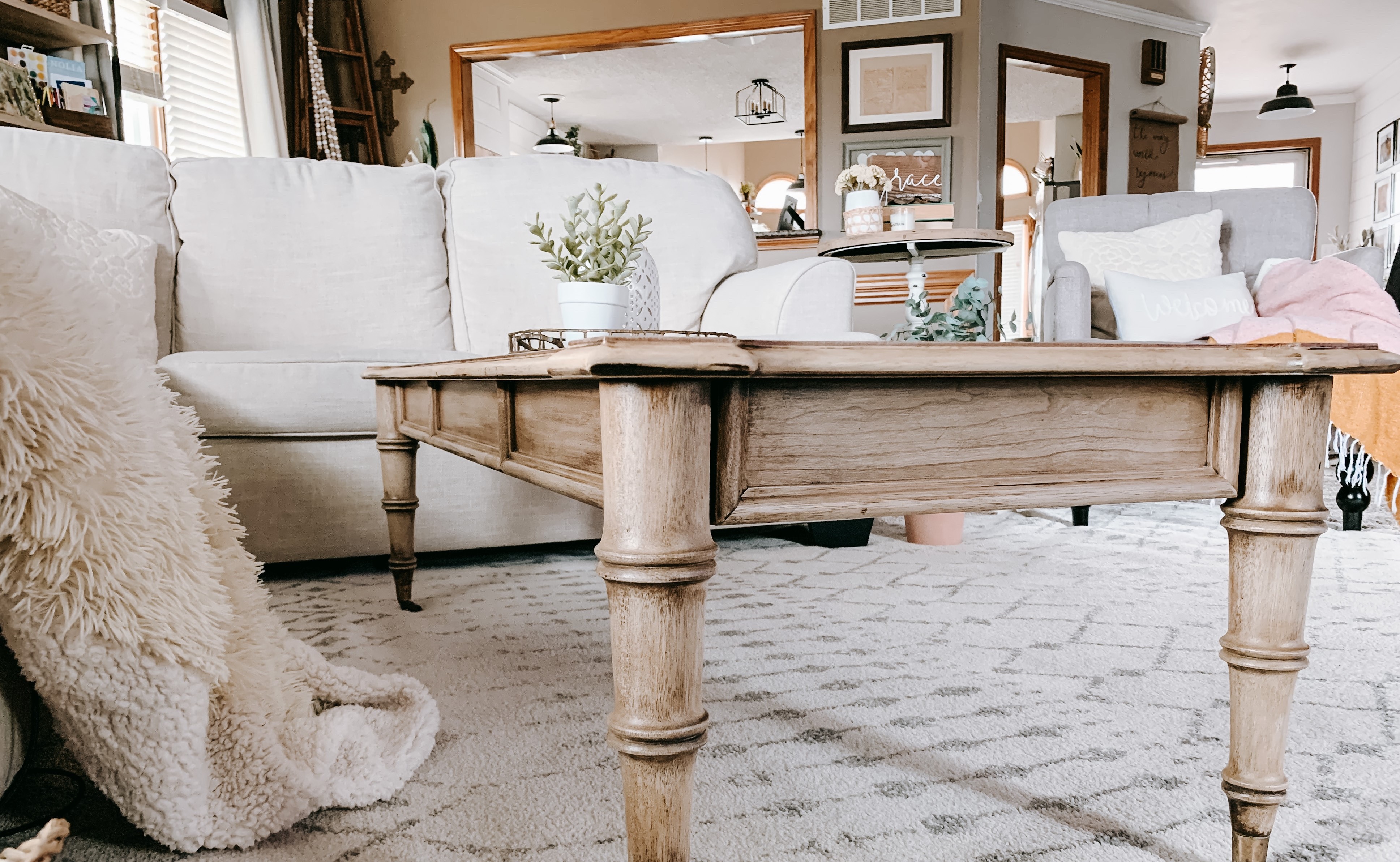
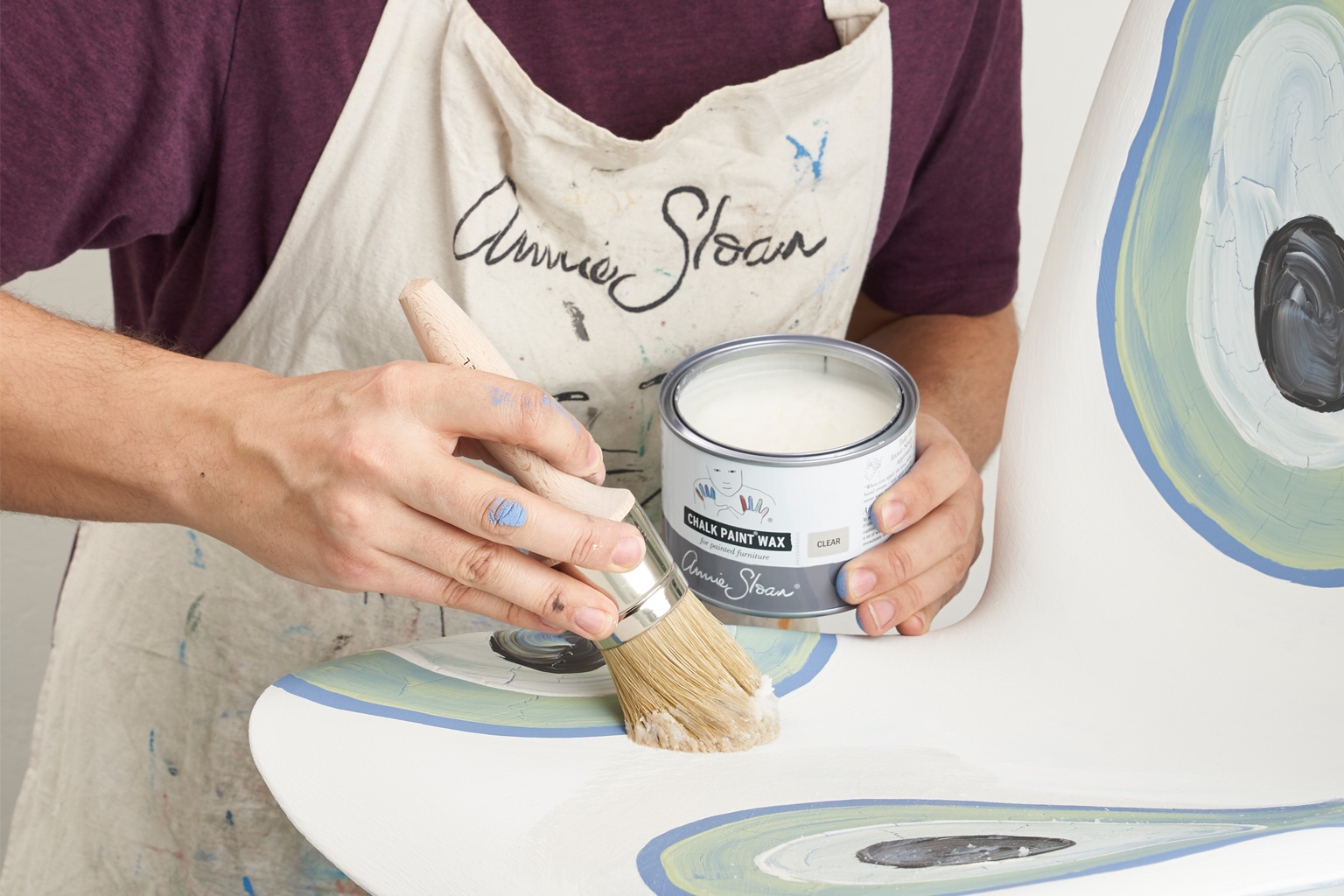

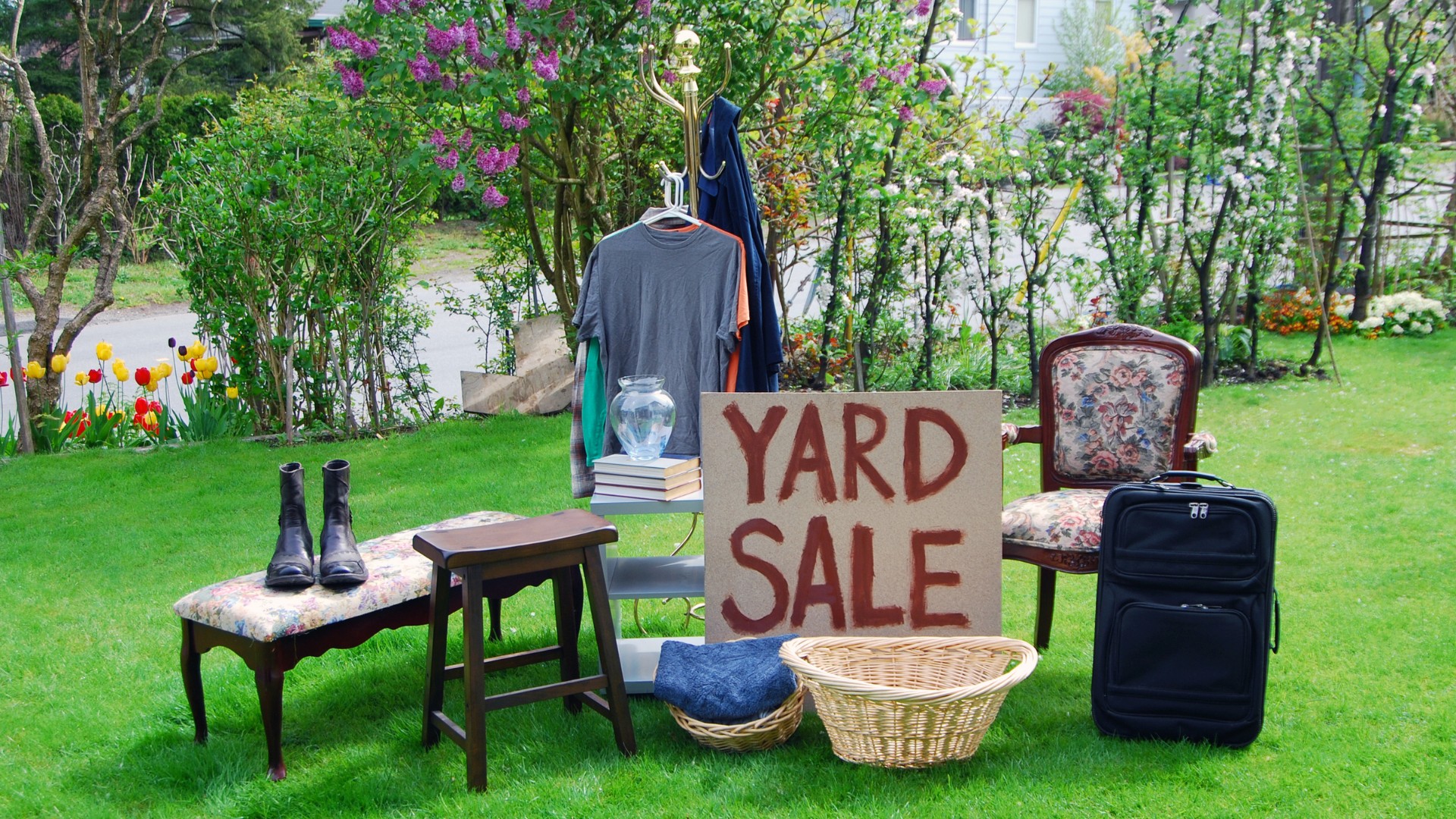
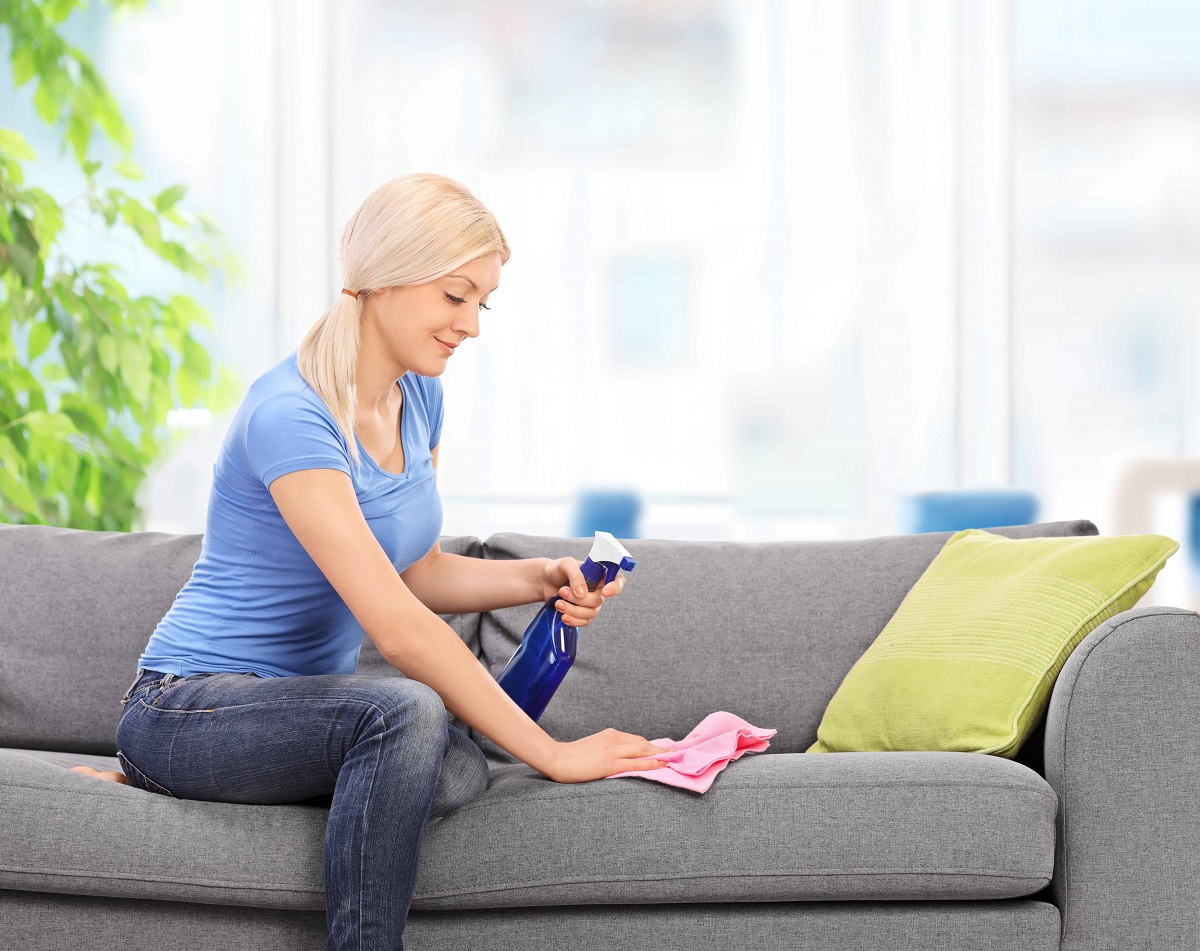

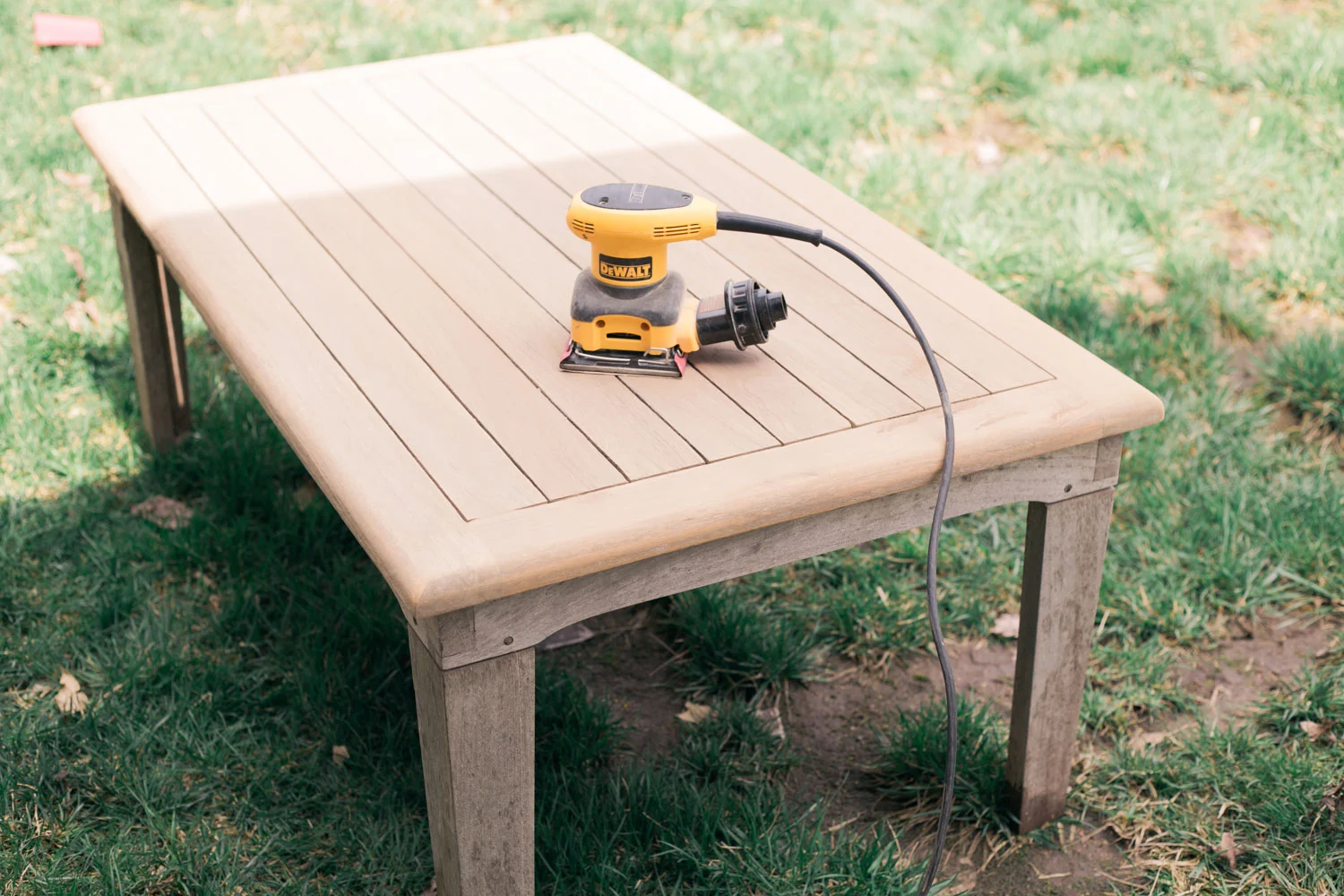

0 thoughts on “How To Scotchgard Furniture”